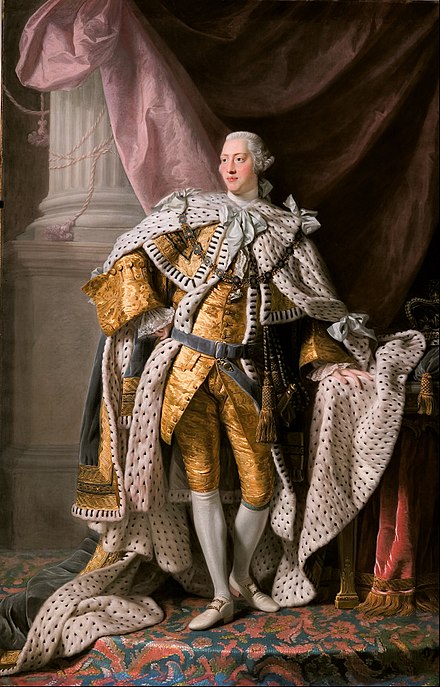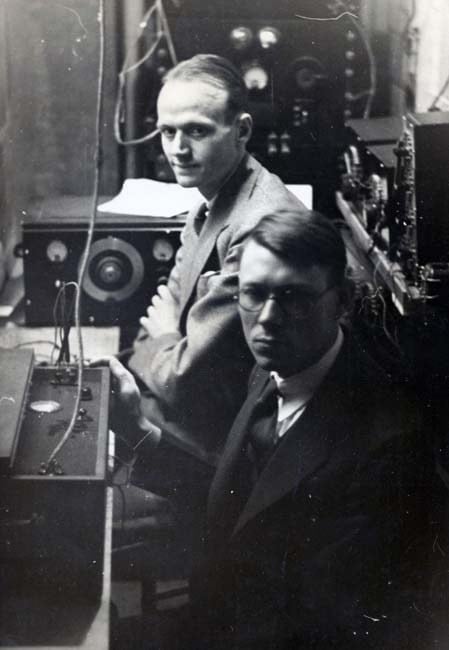During the Christmas of 1819, King George III – who by then was completely blind, increasingly deaf, had dementia, was in pain from rheumatism and suffering from another bout of insanity – spoke nonsense for 58 hours.
George III For other uses, see George III (disambiguation). George III (George William Frederick; 4 June 1738[c] – 29 January 1820) was King of Great Britain and King of Ireland from 25 October 1760 until the union of the two countries on 1 January 1801, after which he was King of the United Kingdom of […]

